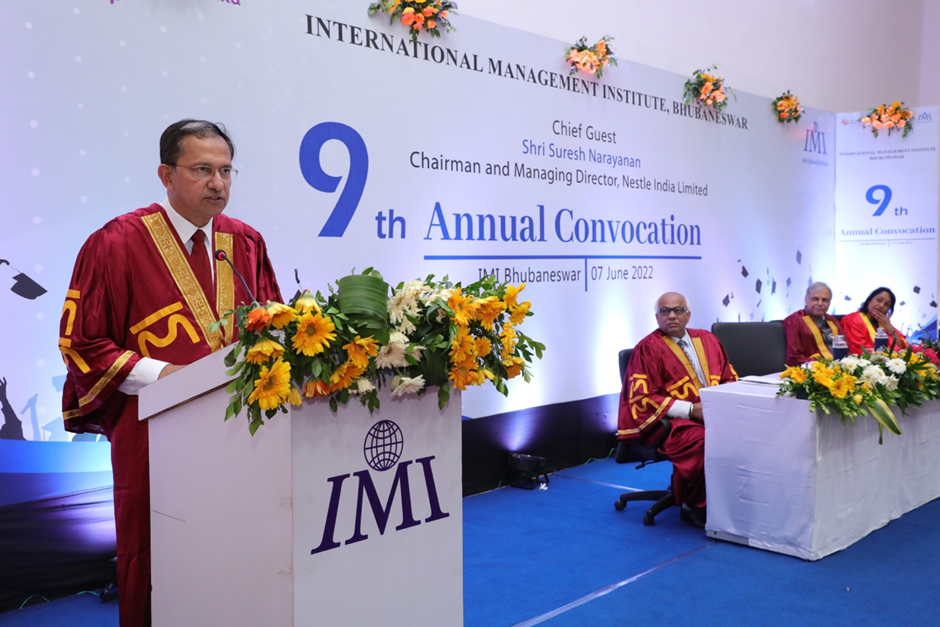Pieces of Paper: Demonetisation of Rs 500 and Rs 1000 Notes Explained
Why ban Rs 500 and Rs 1000 notes?
In two
words: Black Money. Unaccounted money, often used in any form of corruption or
illicit deals, usually takes the form of high-value notes, which in this case
are the Rs 500 and Rs 1,000 bills. In his
speech, Hon’ble Prime Minister Mr. Narendra Modi specifically pointed out that
these large-value notes were being used to finance corruption and fund
terrorism.The Financial Action Task Force, a global body that looks at the criminal use of the international financial system, notes that high-value bills are used in money laundering schemes, racketeering, and drug and people trafficking.
In India, the Rs 500 and Rs 1,000 notes also constitute a huge percentage of the money spent by governments, political parties and candidates during general elections. A Centre for Media Studies report showed that nearly Rs 30,000 crore was spent during the 2014 general election, while official spending only accounted for Rs 7,000-Rs 8,000 crore.
This of course only scratches the surface: major industries such as real estate have historically been conduits of black money.
The most important fact, however, is that the share of large-value notes has only been increasing over the years. While some of this is no doubt due to the natural growth expansion of our economy, it also hints at the increasing size of our black money economy.
Modi’s decision to decommission Rs 500 and Rs 1,000 notes should ideally not hurt most individuals in the long-term, although it will have a significant negative impact on the working class and small and rural businesses in the short-term. Economist Ajit Ranade’s back-of-the-envelope calculation shows that the highest face value in India should be around Rs 250; simply put, Rs 250 is the highest-value note that most Indian individuals should need.
On the other hand, what needs to be noted is that there’s no good estimate for how much of India’s black money is in forms other than currency/physical notes such as gold, jewellery, land or any other form of wealth. Therefore, while banning Rs 500 and Rs 1,000 notes will tackle the black money that is in the form of hard cold cash, it won’t affect other forms of black money. On similar lines, this move will, obviously, have little effect on black money stashed away in foreign tax havens.
How will this impact the vast sections
of India’s population who depend on cash?
This move deeply
impacts the working sections of society: drivers, maids, cooks, electricians,
plumbers. Anybody who provides services in the informal sector and depends on
monthly or bi-monthly cash payments.Why? One obvious example: if you had planned on paying your maid or cook tomorrow and you aren’t able to beat the ATM queues or have enough smaller-value notes lying around the house, they will have to wait to be paid until you can get your hands on some cash. If ATMs are not replenished quickly and often over the next two weeks this could be a very serious problem. The severity of this impact will depend on how easily and smoothly India’s banking system and the government executes the transition.
Stepping back, however, anybody in rural India who doesn’t have access to a bank account (roughly 200-300 million people at last estimate, although the number is likely higher) and depends on high-value cash transactions will be crippled until new notes come through. One argument is that with the Jan Dhan scheme and the UPI/digital payment stack, rural India shouldn’t have too much of a problem. However, it will be a long time before rural India moves to completely cashless transactions.
In the short-term, people in rural India who have a significant amount of Rs 500 and Rs 1,000 notes, but no official form of identification, will have a tough time in exchanging their notes.
How many Rs 500 and Rs 1,000 notes are
floating around? How much will it cost to replace them?
The numbers
and calculations for this are mind-boggling. According to the RBI press
conference today, there are 16.5 billion ‘500-rupee’ notes and 6.7 billion
‘1000-rupee’ notes in circulation right now.In addition to this, RBI data shows that the share of Rs 1,000 notes in the stock of currency in circulation at the end of financial year 2014-15 was 39%. Rs 500 notes accounted for a further 45% of currency stock.
Putting it simply, at the stroke of midnight, a little over 80% of the cash in India (by value) will be worthless pieces of paper.
How much will this decision cost us? Or more importantly, why will it cost us anything at all? Firstly, because the Rs 1,000 note costs the least to produce as a proportion of face value. It costs India around Rs 3 to print a Rs 1,000 note (0.32% of face value), while it costs 96 paise to print a Rs 10 note (9.6% of face value).
One analysis has pointed out that the total cost of printing the value of Rs 500 and Rs 1,000 notes issued in 2014-15 in the form of Rs 100 notes would be around Rs 11,900 crore. This doesn’t include the costs involved in increased replenishment and maintenance of ATMs, which would be required because of the usage of and withdrawal of smaller-value notes will be far greater.
Das has pointed out that the exact calculation as to how much this will cost has still not been made. Das pointed out that any economic cost would be outweighed in terms of the benefit it would bring to India and the Indian economy.
Could this
move have been timed better?
The timing
of the announcement has been somewhat of a surprise. While the government has
given a number of exemptions to stave off outright panic – Rs 500 and Rs
1,000 notes can still be used for the next 72 hours to pay at government
hospitals or for train tickets for instance – it still puts quite a number
of people in a pickle if supply of smaller notes are constrained in the days
and weeks ahead.The timing is also curious for other reasons: the UPI (unified payment interface) system is likely to be fully operationalised only by January 2017. Would it have not been better to wait until then, if this move was to also spur India’s shift towards a cashless economy?
On the other hand, if this had been announced in advance it could have been self-defeating in nature; allowing holders of black money to convert their cash for gold or other forms of wealth instead. The secrecy surrounding this decision – coming as it did as a shock to journalistic, policy and even most government circles – only reaffirms this.



This comment has been removed by the author.
ReplyDelete